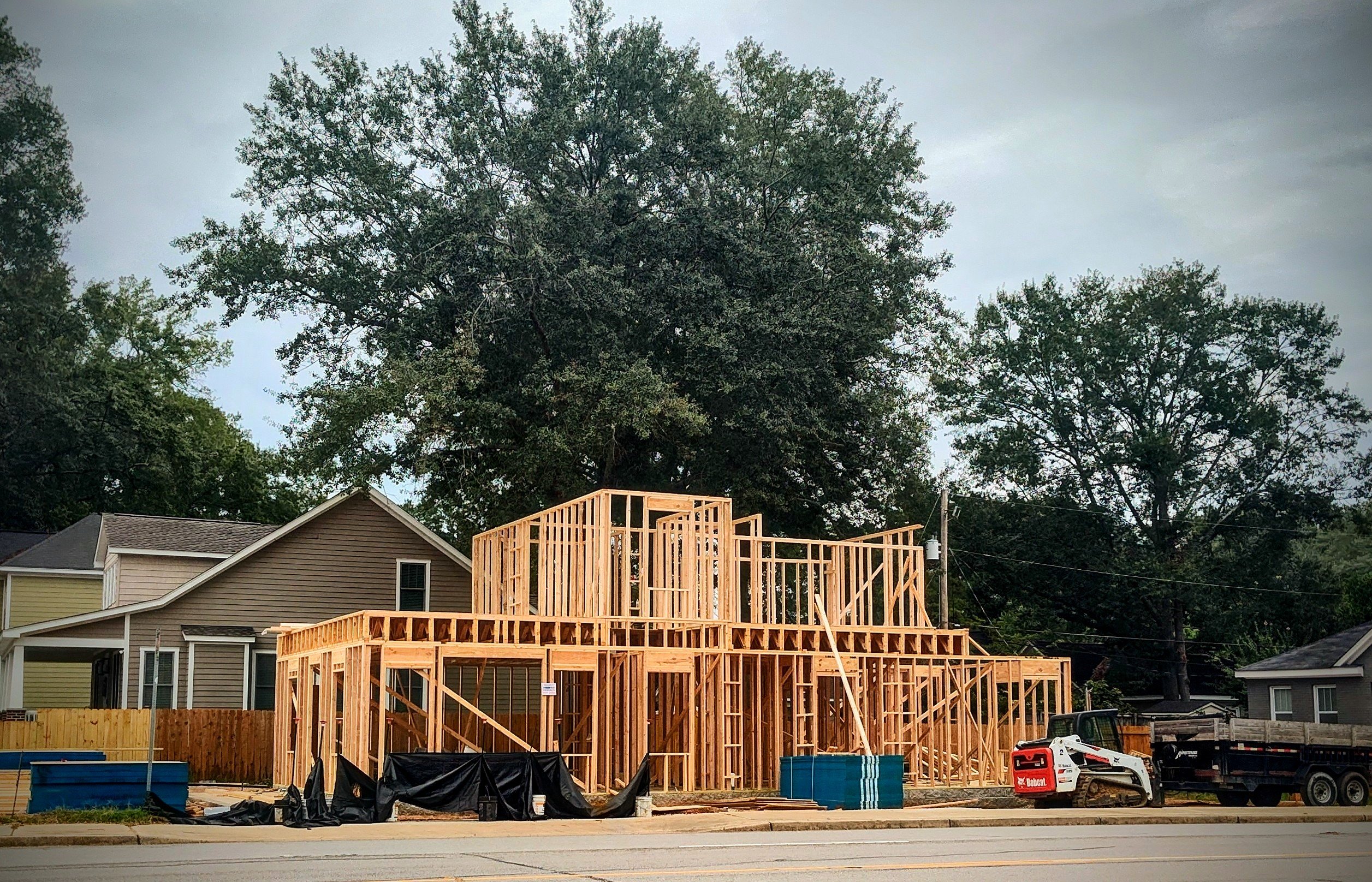this post was submitted on 09 Sep 2023
321 points (90.2% liked)
pics
19866 readers
375 users here now
Rules:
1.. Please mark original photos with [OC] in the title if you're the photographer
2..Pictures containing a politician from any country or planet are prohibited, this is a community voted on rule.
3.. Image must be a photograph, no AI or digital art.
4.. No NSFW/Cosplay/Spam/Trolling images.
5.. Be civil. No racism or bigotry.
Photo of the Week Rule(s):
1.. On Fridays, the most upvoted original, marked [OC], photo posted between Friday and Thursday will be the next week's banner and featured photo.
2.. The weekly photos will be saved for an end of the year run off.
Instance-wide rules always apply. https://mastodon.world/about
founded 2 years ago
MODERATORS
you are viewing a single comment's thread
view the rest of the comments
view the rest of the comments


In California we use wood because it flexes during earthquakes. There may be damage during a big one but at least the house is less likely to collapse on you.
In earthquakes in NZ the wooden houses flex for sure. What kills you is the brick chimney falling through the roof.
isnt brick an excellent insulator?
Pretty neat, I've never seen masonry like this before.
I'll point out that the webbing is likely strong, but considering the lack of ductility, this seems likely to fail during an earthquake. What're these called, I'd like to look into them more.
i was so sure it was, i looked it up after seeing your comment and... you are right. even double brick which ive always been told was great, apparently isnt all that good. TIL
In Europe we use reinforced concrete for the same purpose. Don't know if it works but it's the way it's done.
Wait, are earthquakes common in Europe?!
Italy ils pretty shaky, Portugal too. Southern France is waiting for its own Big One.
For reference, nowhere in Western Europe is even close to the much of the west coast of the Americas in terms of seismic activity.
And also because there's no snow or serious rain. Took me years to get used to the flimsy houses here, they wouldn't last a year back in my country.
I don't know about that. I've lived in a typical "flimsy" American wooden house in an area that had a lot of crazy weather with extreme winds and even a couple of tropical storms. That house had absolutely no issue with those. These houses are a lot stronger than they look. They flex but don't break.
My house is 80 years old, I've personally seen 3 feet of snow on its roof, it weathered hurricane Fran with no damage, hurricane Matthew caused a leak around the chimney that stained my living room ceiling a little.
I'm ready to take anything this area is willing to throw at me except tornadoes. A direct strike by tornado will pull it down.
I live in the Pacific Northwest where it rains quite a bit. Wood houses are fine in the rain as long as the moisture barrier and roof have been installed correctly.
Canada also builds houses out of wood. There's pretty serious snow here and the houses work great.
I also live in one of the the windiest cities in Canada . The asphalt shingles have blown off houses frequently, but the houses themselves are solid.
I'm pretty sure those wooden houses in Canada are built differently from wooden houses in California. The ones I've seen are thin wooden struts covered with some drywall.
Edit: and just saying "flimsy" by comparison to the usual reinforced concrete structures back home. I now own a home in California and it's definitely solid.
So funnily enough, 2x4 exterior walls meet code for 3 stories, but where I am, it doesn’t meet the insulation requirements of minimum r-20, so it’s normally built with 2x6.
I know it is possible to build solid houses out of wood. The ones I'm talking about would 100% not withstand blizzards or tornadoes.
Like most in my native country, I grew up in a building made entirely of solid reinforced concrete slabs, including most interior walls. I could not hear my upstairs or downstairs neighbors and when I saw people punching holes in the walls in American movies I thought it's just an exaggeration, not something that can actually happen. Wooden houses were culturally associated with poor rural people who couldn't afford living in a nice solid apartment. That culture persists today, and even in isolated villages new homes are built with concrete structures and brick walls.
When I bought a piece of land and was looking at options for new houses, I found a company making very solid wooden homes (still a lot more solid than the average Bay Area home) for reasonable prices and both my and my wife's families were outraged at the idea of building a house out of wood.
Just some random background to why I'd use the word "flimsy" for wooden struts sandwiched between drywall sheets.